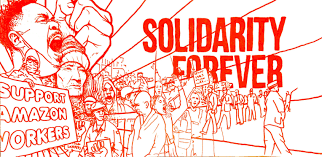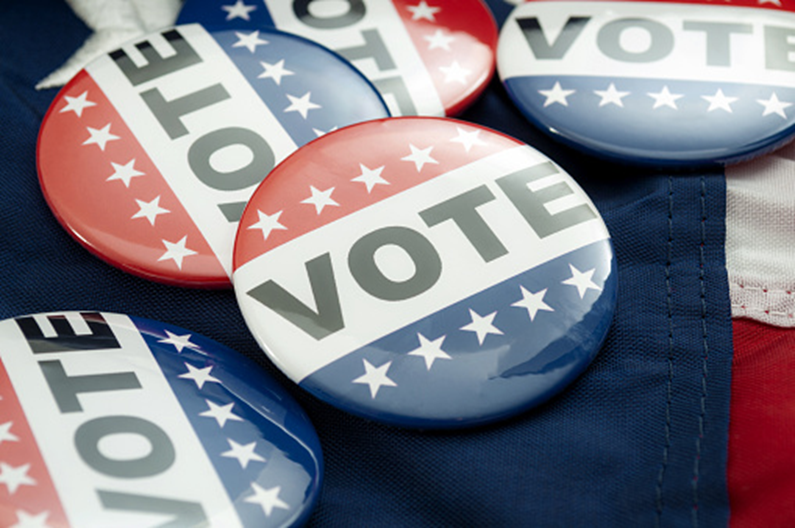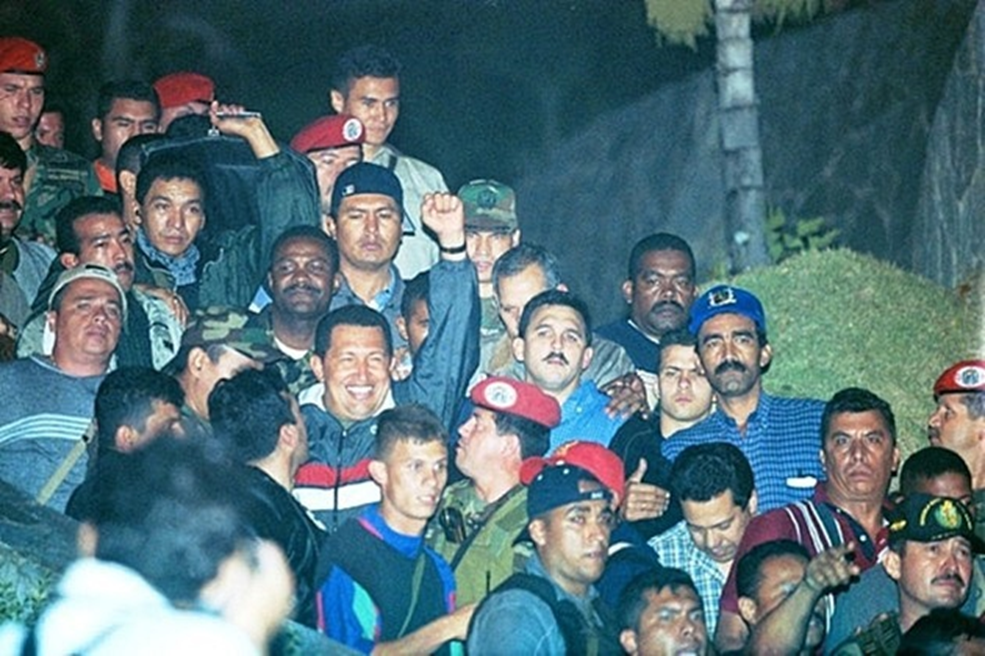Harry Targ
The Biden administration, however, is ignoring the most important lesson of the missile crisis: all lines of communication—political, military and diplomatic—must be kept open at all times, particularly in the nuclear age. The missile crisis ended without a formal agreement, but less than a year later the two sides signed a formal agreement to ensure safe and quick communications between Washington and Moscow. (Melvin Goodman, "Lessons From the Cuban Missile Crisis" Counterpunch, October 7, 2022.)
THE BAY OF
PIGS TO THE MISSILE CRISIS: Part 1
The 60 year anniversary of the Cuban Missile Crisis is
approaching. In an introduction to the presentation of new documents on the
crisis the National Security Archives warned that “the combination
of nuclear weapons and human fallibility will eventually result in nuclear
destruction if these weapons are not abolished” (www.gwu.edu/~nsarchiv/). The
historical record shows that the decisions leading to the crisis which almost
brought nuclear war have been repeated over and over again since the early
1960s. Many fear that the brutal Russian war on Ukraine and the US/NATO
response could escalate to the point of nuclear war.
Particularly, the Kennedy Administration pursued numerous
policies to forestall revolutionary ferment in the Western Hemisphere. These
included covert military action, economic assistance, and nuclear confrontation
with the Soviet Union. The following blog essays address these policies. They
are adapted from my book on United States foreign policy during the Cold War (Strategy
of an Empire in Decline: Cold War II. 1986 available as a pdf
at https://heartlandradical.blogspot.com/2022/03/strategy-of-empire-in-decline.html
The United States Invades Cuba
Before Fidel Castro’s 26th of July Movement seized
power in Cuba in January, 1959, the United States had long controlled the
island nation ninety miles from its shores. The country was ruled by dictator,
Fulgencio Batista, a close ally of the United States, who, through repression
and corruption, generated large-scale opposition in the countryside and the
cities. In 1958 the State Department urged Batista to turn control over to a
caretaker government, to forestall the victory of Fidel Castro, Che Guevara,
and Camillo Cienfuegos, and their growing guerrilla armies, who were on the verge
of overthrowing the dictator. Batista rejected the pressure to flee. His U.S.
backed armies and police were defeated. The revolutionaries were victorious.
Before the revolution, United States investors controlled 80
percent of Cuba’s utilities, 90 percent of its mines, 90 percent of its cattle
ranches, its three oil refineries, half its railroads, and 40 percent of its
sugar. In a land rich with human and natural resources and a modern
infrastructure and a tourist sector second to none in the Hemisphere, 600,000
Cubans were unemployed, more than half the population lived in slums, and
one-half the population had no access to electricity. Forty percent of the
Cuban population was illiterate, most Cubans spent much of their income on
rent, and among wealthy Cubans, 1.5 percent of landowners owned 46 percent of
the land.
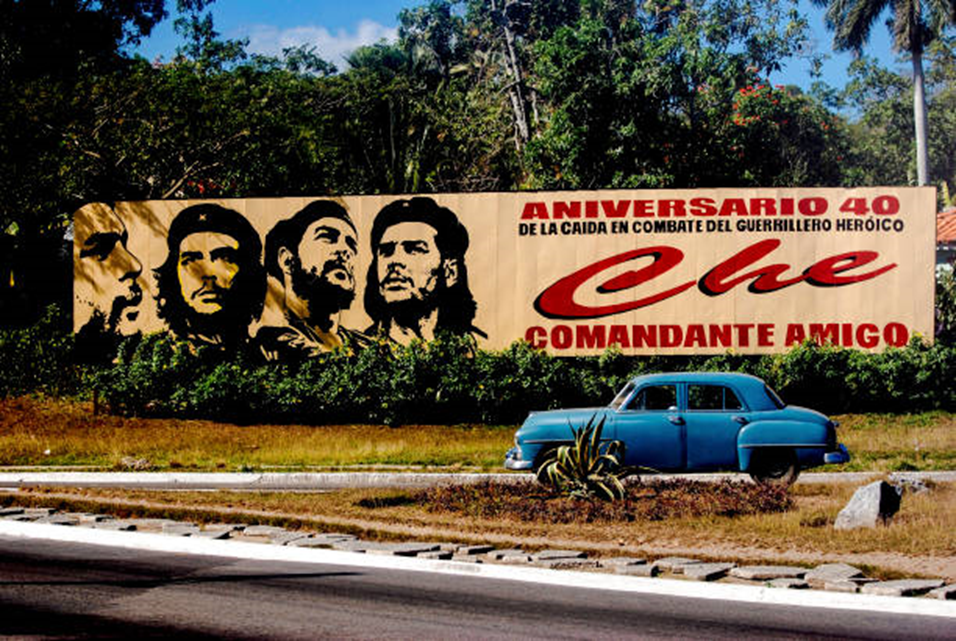
When the Castro-led revolutionaries assumed office, they
began to develop a series of policies to alleviate the worst features of Cuban
poverty. The revolutionary government invested in housing, schools, and public
works. Salaries were raised, electrical rates were cut, rents were reduced by
half. On a visit to the United States in April, 1959, Castro, who had proposed
a large-scale assistance program for the Western Hemisphere to the Eisenhower
Administration, was ignored by the President.
Returning from a hostile visit to Washington, Castro
announced a redistributive program of agrarian reform that generated opposition
from conservative Cuban and American landowners. These policies involved
transfers of land to the Cuban people from the huge estates owned by the
wealthy. The Eisenhower administration responded by reducing the quantity of
United States purchases of Cuban sugar. Cuba then nationalized the industry.
In February, 1960 Cuba signed trade agreements with the
Soviet Union. The Soviets agreed to exchange their oil for sugar no longer
purchased by the U.S. When the U.S. owned oil refineries refused to
refine the Soviet oil, the Cuban government nationalized them.
In July, 1960, the U.S. cut all sugar purchases. Over the
next several months the Cuban government nationalized U.S. owned corporations
and banks on the island. Therefore, between the spring of 1960 and January 1961
U.S. and Cuban economic ties came to a halt and the island nation had
established formal diplomatic relations with the Soviet Union. Shortly before
Eisenhower left office, the break was made symbolically complete with the U.S.
termination of formal diplomatic relations with Cuba.
As U.S./Cuban economic and diplomatic tensions were
escalating, President Eisenhower made a decision that in the future would lead
the world to the brink of nuclear war. In March, 1960, he ordered the Central
Intelligence Agency to create a Cuban exile force that would invade the island and
depose Fidel Castro. Even the State Department knew at that time that Castro
was enormously popular.
In April, 1961, the newly elected President Kennedy was
presented with an invasion plan by the CIA. The agency claimed that the
right-wing Cubans would be greeted as heroes when they landed at the Bay of
Pigs. After the Castro regime was overthrown, all private assets would be
returned, and a Batista-like government would be reestablished.
The Bay of Pigs invasion, April 17-19, 1961, was launched by
fifteen hundred Cuban exiles. It was an immediate failure: 500 invaders were
killed and the rest captured. No uprising against the revolutionary government
occurred. Kennedy was criticized in the United States for not providing
sufficient air support to protect the invading army. The critics ignored the
fact that the revolutionary government had the support of workers and peasants
who would fight to defend it.
After the invasion attempt failed, President Kennedy warned
of the danger of the “menace of external Communist intervention and domination
in Cuba.” He saw a need to respond to Communism, whether in Cuba or South
Vietnam. In the face of perceived Communist danger to the Western Hemisphere he
reserved the right to intervene as needed. The lesson he drew from the Bay of
Pigs was the need for escalated adventurism, not caution.
THE
CUBA STORY: THE BAY OF PIGS TO THE MISSILE CRISIS: Part 2
Harry Targ
“I have called on all the people of the hemisphere to
join in a new Alliance for Progress - Alianza para Progreso - a vast
cooperative effort, unparalleled in magnitude and nobility of purpose, to
satisfy the basic needs of the American people for homes, work and land, health
and schools - techo, trabajo y tierra, salud y escuela….
To achieve this goal political freedom must accompany
material progress. Our Alliance for Progress is an alliance of free
governments-and it must work to eliminate tyranny from a hemisphere in which it
has no rightful place. Therefore let us express our special friendship to the
people of Cuba and the Dominican Republic-and the hope they will soon rejoin
the society of free men, uniting with us in our common effort” (Address
by President Kennedy at a White House reception for Latin American diplomats
and members of Congress, March 13, 1961).
“Those who make peaceful revolution impossible will make
violent revolution inevitable” (Address by President Kennedy to diplomats one
year after his Alliance for Progress speech. March 13, 1962).
The Alliance for Progress as a “Non-Communist” Path to
Development
The Kennedy Administration initiated a policy of foreign
assistance in Latin America to complement the United States’ historic use of
military force in the region. The President’s economic program was announced in
the aftermath of long-standing complaints from Latin American dictators and
some elected leaders that the United States had supported European recovery,
the celebrated Marshall Plan of the 1940s, but ignored the Western Hemisphere.
Most importantly, the Kennedy Administration and anti-Communist friends in the
Hemisphere became increasingly concerned about the enthusiasm the Cuban
revolution was generating in the region.
In the midst of what was presented to the public as the
“threat of Communism” in Latin America, Kennedy presented his “Alliance for
Progress” aid package to diplomats and Congressmen on March 3, 1961 (about one
month before JFK authorized the Bay of Pigs invasion).
The Alliance, the President promised, would provide public
and private assistance equivalent to $20 billion to Latin American countries
over a ten-year period. The plan projected annual growth rates in Latin America
of 2.5 percent and would lead to the alleviation of malnutrition, poor housing
and health, single-crop economies, and iniquitous landholding patterns (all
campaigns underway in revolutionary Cuba).
Loans were contingent upon the recipient governments, and
their political and economic elites, carrying out basic land reform,
establishing progressive taxation, creating social welfare programs, and
expanding citizenship and opportunities for political participation.
However, the effect of the Alliance, even before Kennedy’s
death, was negative. Problems of poverty, declining growth rates, inflation,
lower prices for export commodities, and the maintenance of autocratic and
corrupt governments persisted. The reality of the Alliance and most other aid
programs was that they were predicated on stabilizing those corrupt ruling
classes that had been the source of underdevelopment in the first place.
The connections between the Alliance program and the
interests of United States capital were clear. For example, a section of the
Foreign Assistance Act of 1962 authorized the president to cut off aid to any
nation which nationalized or placed “excessive” taxes on U.S. corporations or
which terminated contacts with U.S. firms. The act also emphasized monetary
stability and the kinds of austerity programs common to U.S. and International
Monetary Fund aid, requiring nations receiving aid to reduce public services
and to maintain low wage rates to entice foreign investment. Further, Alliance
funds were often to be used to serve the interests of foreign capital; for
example building roads, harbors, and transportation facilities to speed up the
movement of locally produced but foreign-owned goods to international markets.
Finally, the symbolism of the Alliance proclamation by
President Kennedy was designed to promote the idea that U.S. resources, in
collaboration with reformism in Latin America, would create societies that met
the needs of the people and encouraged their political participation. The
Alliance was presented as a response to Fidel Castro, a “non-Communist
manifesto” for development.
The record of poverty and military rule throughout the
Hemisphere suggested that there was no correspondence between symbol and
reality. Kennedy, in a moment of unusual frankness, was reported to have said
that the United States preferred liberal regimes in Latin America, but if they
could not be maintained, it would much prefer a right-wing dictatorship to a
leftist regime. After Kennedy’s death, Thomas Mann, Assistant Secretary of
State for Inter-American Affairs, in the Johnson Administration, told reporters
that U.S. policy in the Western Hemisphere was not about economic development
or democratization but fighting Communism and protecting U.S. economic
interests.
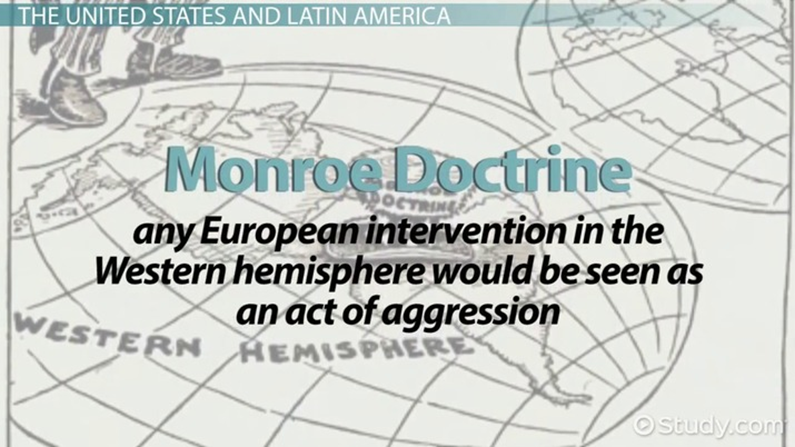
In reality, the frankness about the motivations behind U.S.
policy expressed by Kennedy after the Alliance speech and Thomas Mann after
Kennedy’s death clearly showed that the bottom line in terms of U.S. policy
remained support for international capital. The Castros of this world, the
Kennedy Administration believed (as has every administration since), had to be
crushed at all costs. What remained significant over the next sixty years was
that the Cuban revolution could not be defeated.
As the next essay in this series suggests, the Kennedy
Administration, having failed to overthrow Cuban socialism at the Bay of Pigs,
nor diminish its luster in the region through the economic bribery of the
Alliance for Progress program, was willing to go to the brink of nuclear war,
the Cuban Missile crisis, to combat socialism in the Western Hemisphere.
THE CUBA STORY: THE BAY OF PIGS TO THE MISSILE CRISIS: Part 3
"In the missile crisis the Kennedys played their dangerous
game skillfully….But all their skill would have been to no avail if in the end
Khrushchev had preferred his prestige, as they preferred theirs, to the danger
of a world war. In this respect we are all indebted to Khrushchev." (I.F.
Stone, “What If Khrushchev Hadn’t Backed Down?” in In a Time of
Torment, Vintage, 1967).
The Kennedy Administration Goes to the Brink of
Nuclear War
The period between the failed Bay of Pigs invasion, the
announcement of the Alliance of Progress economic assistance program, and the
Cuban Missile Crisis was one of escalating hostilities. Fidel Castro declared
Cuba a Socialist state. The United States pressured members of the Organization
of American States (OAS) to expel Cuba. The CIA began campaigns to assassinate
the Cuban leader and President Kennedy initiated the complete economic blockade
that exists until today. (During the Trump Administration over 240 new
sanctions were imposed on Cuba to starve the population into submission.
Despite campaign promises the current Biden Administration has not lifted these
sanctions, even though the former Obama Administration in which Biden served
had made substantial efforts to open economic and political relations). In addition, Castro warned that the U.S. was
continuing to plan for another invasion. The Soviet Union began providing more
economic and military support to the Cubans, including anti-aircraft missiles
and jet aircraft.
In October, 1962, U.S. spy planes sighted the construction
of Soviet surface-to-air missile installations and the presence of Soviet
medium-range bombers on Cuban soil. These sightings were made after Republican
leaders had begun to attack Kennedy for allowing a Soviet military presence on
the island. Kennedy had warned the Soviets in September not to install
“offensive” military capabilities in Cuba. Photos indicated that the Soviets
had also begun to build ground-to-ground missile installations on the island,
which Kennedy defined as “offensive” and a threat to national security.
After securing the photographs Kennedy assembled a special
team of advisors, known as EXCOM, to discuss various responses the United States
might make. He excluded any strategy that prioritized taking the issue to the
United Nations for resolution.
After much deliberation EXCOM focused on two policy
responses: a strategic air strike against Soviet targets in Cuba or a blockade
of incoming Soviet ships coupled with threats of further action if the Soviet
missiles were not withdrawn. Both options had a high probability of escalating
to nuclear war if the Soviet Union refused to back down.
High drama, much of it televised, followed the initiation of
a naval blockade of Soviet ships heading across the Atlantic to Cuba.
Fortunately, the leader of the Soviet Union, Nikita Khrushchev, sent notes to
the President that led to a tacit agreement between the two leaders whereby
Soviet missiles would be withdrawn from Cuba and the United States would
promise not to invade Cuba to overthrow the Castro government. In addition, the
President indicated that obsolete U.S. missiles in Turkey would be disassembled
over time.
Most scholars argue that the missile crisis constituted
Kennedy’s finest hour as statesman and diplomat. They agree with the
administration view that the missiles constituted a threat to U.S. security,
despite Secretary of Defense Robert McNamara’s claim in EXCOM meetings that the
missiles did not change the strategic balance between the United States and the
Soviet Union. Most of these scholars have agreed that the symbolic value of the
installation of Soviet missiles could have had grave consequences for U.S.
“credibility.”
Given the importance of the missiles, leading social
scientists have written that the Kennedy team carefully considered a multitude
of policy responses. EXCOM did not ignore competing analyses, as had been done
in the decisional process prior to the Bay of Pigs. The blockade policy that
was adopted, experts believe, constituted a rational application of force that
it was hoped would lead to de-escalation of tensions. All observers agreed that
the United States and the Soviet Union had gone to the brink of nuclear war.
Even the President estimated that there was a fifty percent probability of
full-scale nuclear war.
In the end the Soviets withdrew their missiles. Analysts
said the Soviet Union suffered a propaganda defeat for putting the missiles on
Cuban soil in the first place and then withdrawing them after U.S. threats.
Khrushchev was criticized by the Chinese government and within a year he was
ousted from leadership in the Soviet Union.
In the light of this U.S. “victory,” Kennedy has been
defined as courageous and rational. The real meaning of the Cuban Missile
Crisis, however, is different, even sixty years after the event. The
crisis actually suggests that the United States quest to maintain and enhance
its empire would lead it to go to any extreme, even nuclear war, to defend the
interests of capitalism. To avoid serious losses, whether symbolic or material,
for capitalism, any policy was justified.
Further, in terms of U.S. politics, Kennedy was calculating
the effects of the missiles on the chances for his party to retain control of
Congress in 1962. A second “defeat” over Cuba (the Bay of Pigs was the first)
would have heightened the opposition’s criticisms of his foreign policy.
Finally, in personal terms, Kennedy was driven by the need
to establish a public image as courageous and powerful in confronting the
Soviets. Khrushchev had spoken harshly to him at a summit meeting in Vienna in
1961 and Castro had been victorious at the Bay of Pigs. The President’s own
“credibility” had been damaged and a show of force in October, 1962, was
necessary for his career.
Because of imperialism, politics, and personal political
fortunes, the world almost went to nuclear war sixty years ago. As I.F. Stone suggested shortly after the crisis,
nuclear war was avoided because the Soviet Union chose to withdraw from the
tense conflict rather than to engage in it further.
National Security Archives files referred to earlier
suggest, “the historical record shows that the decisions leading to the crisis
which almost brought nuclear war have been repeated over and over again since
the early 1960s” ( www.gwu.edu/~nsarchiv/).
The danger of the unabashed and irresponsible use of force and the legitimation
of the idea that diplomacy can be conducted using nuclear weapons and other
devastating weapons systems still represents a threat to human survival.
These comments were adapted from Harry Targ, Strategy
of an Empire in Decline: Cold War II, 1986. It is the third essay in a
series on “The Cuba Story” available at www.heartlandradical.blogspot.com.
Recent escalation of tensions and war in Eastern Europe reminded the author of
sixty years ago when the world almost went to nuclear war.



